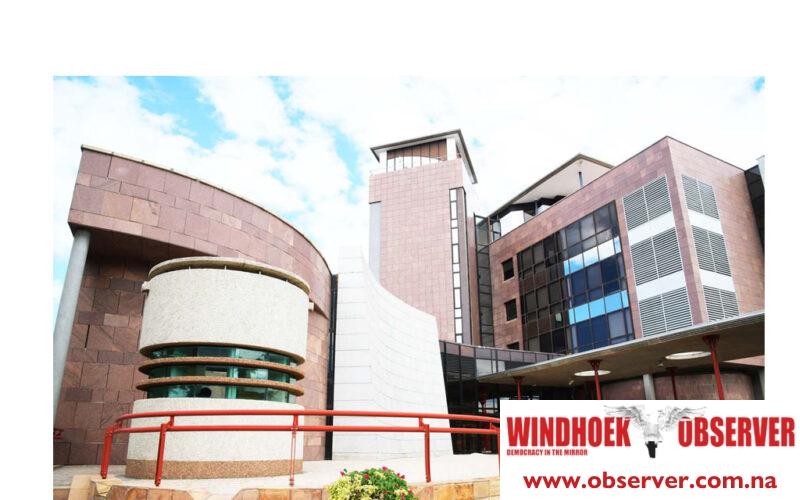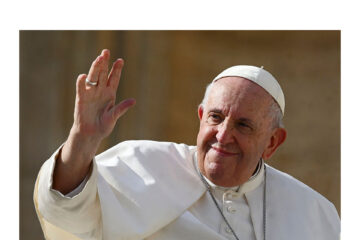Martin Endjala
The Bank of Namibia has revealed that the total Central Government debt has risen on a yearly basis by 11.4 percent to N$145.6 billion at the end of June 2023, driven by an increase in both domestic and external debt.
As a percent of Gross Domestic Product (GDP), total debt stood at 64.2 percent, representing an annual decline of 1.8 percent during the period under review, compared to the corresponding period in the previous year, which is 4.2 percentage points above the Southern African Development Community benchmark of 60 percent.
This is according to BoN latest Quarterly September report, which further indicated that the total debt stock is anticipated to moderate to 65.7 percent of GDP at the end of 2023/24 financial year, given the primary surpluses on the budget, with a faster rise in nominal GDP compared to the rise in debt.
Furthermore, total debt is estimated to moderate to 60.6 percent of GDP at the end of 2025/26. Central Government’s deficit is budgeted to narrow notably in 2023/24 and is expected to narrow further over the Medium-Term Expenditure Framework period, while Government debt continues to rise.
The deficit for 2023/24 financial year is estimated to narrow to 4.3 percent of GDP. The narrowing of the deficit is ascribed to an estimated increase in revenue collections by 16.5 percent to N$74.7 billion, owing to a significant increase in Southern African Customs Union (SACU) receipts, coupled with a rise in company taxes, taxes on individuals and Value Added Tax.
The report stated that the narrowing of Namibia’s current account deficit during the second quarter of 2023, was mainly due to an improvement in the secondary income account and the merchandise trade balance.
The current account deficit narrowed to 4.3 percent of GDP from 14.4 percent registered in the corresponding quarter of 2022. This was mainly attributed to the improvement in the merchandise trade balance which was further supported by higher receipts from the secondary income account on the back of a significant increase in SACU receipts as well as lower outflows in the services account.
Meanwhile, Kazembire Zemburuka, Director of Strategic Communications and International Relations of the Bank of Namibia, highlighted that the stock of international reserves rose to a level of N$53 billion at the end of the second quarter of 2023, equivalent to an import cover of 5.1 months, supported mainly by foreign direct investment inflows from the disposal of equity by resident enterprises in the manufacturing sector, capital inflows from Africa Development Bank and KfW Development Bank loans as well as net foreign currency placement by commercial banks.
The level of foreign reserves stood at N$55.6 billion at the end of August 2023, mainly due to increased net commercial inflows on account of diamond sale proceeds. The Real Effective Exchange Rate depreciated annually driven by South Africa’s intensifying power crisis and deteriorating economic outlook.
The depreciation in the Real Effective Exchange Rate suggests that the competitiveness of Namibian products in foreign markets has on balance improved over the past year.




